I read that my neighbor on this page — Lynne Irons of The Vineyard Gardener — has observed all the fish crows that hang out around the Five Corners area. They like to dumpster dive in the neighboring trash dumpsters to get their food, as well as scavenge for discards in the parking lots. They will also perch on the power lines along Beach Road. Their softer nasal “cah-cah” sound often fills the air, even over the sounds of automobile engines.
Why do they hang out there? This is one of the questions we cannot answer definitively but it likely relates to the abundance of full dumpsters to dive into.
These winter resident fish crows arrive in October and stay into March or April. Where do they come from? We do not know, although there are tests that can tell us where they came from based on an analysis of one or two of their feathers and blood. The problem is catching the birds to collect the samples.
Fish crows are a southern species that has spread northward, one of the many such species. Think mockingbirds, cardinals, Carolina wrens, tufted titmice and others. The overwintering birds first showed up about a decade ago.
We have suspected that some of these small crows nest here, as we have been seeing them in small numbers during the summertime. In the summer of 2021, I was able to confirm their nesting by observing one bird feeding another as it perched on the electric lines above the Reliable Market parking lot along Kennebec avenue in Oak Bluffs.
One final note about fish crows. We also have a large flock of what we call commuter crows: every night they commute from the Cape to roost somewhere near Ice House Pond and the Lambert’s Cove Inn. In the morning they commute back to the Cape to find their food. They can be seen over the Vineyard Sound on their commutes; look for them while riding the Steamship Authority ferries.
On-Island, the best place to see these commuter crows — both fish crows and the larger and more common American crows — is probably over the fields of the Hoft Farm. If you are there for an hour or two before dark, you may see more than 1,000 crows flying overhead.
Of course smaller numbers of American crows can be seen just about anywhere. So far this December, I have reports of 80 crows from 20 different locales across the Island, with each location averaging four birds.
Blue jays are also a member of the crow family; listen to their raucous “jaayyy” call to confirm this. My records so far in December document 27 individuals from 11 locales, for an average of almost 2.5 crows per location. Their lower abundance likely reflects tht they are generally found only in woodlands and at bird feeders.
Ravens are the latest addition to our avifauna: the first individual was observed about 10 years ago. They started nesting on the tower at the Verizon building about five years ago and I think this is the first year they did not raise any youngsters. Are there other nesting pairs? Probably. Keep your eyes out next spring.
Perhaps the most exciting sighting to report this week is Tony Lima’s sighting of an ash-throated flycatcher, a species that is supposed to be in southern California, Arizona and Mexico at this time of the year. This is only the third record of this species on the Atlantic Cost north of Virginia this December. The bird was seen early in the morning of Dec. 11, on a Land Bank property that is not yet open to the public. Nobody else has seen it but, fortunately, Mr. Lima posted a photograph and a video to confirm the identification.
Lanny McDowell found a flock of at least 60 horned larks in a plowed field at Katama Farm on Dec. 8, as well as almost as many mourning doves. He went to Katama to successfully find the snow goose that Bob Shriber spotted earlier that day, while Margret Curtin spotted a snow goose at the Edgartown Golf Club.
A clay-colored sparrow or two showed up at the Gay Head Cliffs recently. Nancy Nordin spotted one there on Dec. 5. Bob Shriber saw one there on Dec. 9. Was it the same bird that lingered there or was it two different birds?
Tim Leland observed a single grackle at his feeders on Dec. 5 but was surprised the next day when a flock of at least 80 grackles descended and cleaned out his Wasque feeders. And on Dec. 4, Richard Couse spotted an eastern meadowlark at Tisbury Great Pond.
A favorite of many, eastern bluebirds are becoming more prevalent. So far this month, Nancy Nordin spotted one at her feeders on Dec. 2. Richard Couse spotted four at Long Point on Dec. 4 and one at the Hoft Farm on Dec. 8, Thaw Malin watched eight at his West Tisbury feeders on Dec. 9. Margaret Curtin, Nancy Weaver and Luanne Johnson observed one on Dec. 11 at Thimble Farm. On Dec. 12, Ellen Bunch had a flock visit her feeders while Isaiah Freedman found five at Tilton Cove Way.
A related thrush — a hermit thrush — was seen in an unusual location as it perched on Lynn Buckmaster-Irwin’s Indian Hill Road kitchen window.
Back on Nov. 14, Keith Proper spotted a yellow-breasted chat at Scrubby Neck. Also of note, the only warbler sighting reported this week were two yellow-rumped warblers — formerly myrtle warblers — at Nancy Nordin’s feeders on Dec. 12.
Please email your sightings to birds@mvgazette.com.
Robert Culbert is an ecological consultant with Nature Watch LLC living in Vineyard Haven.

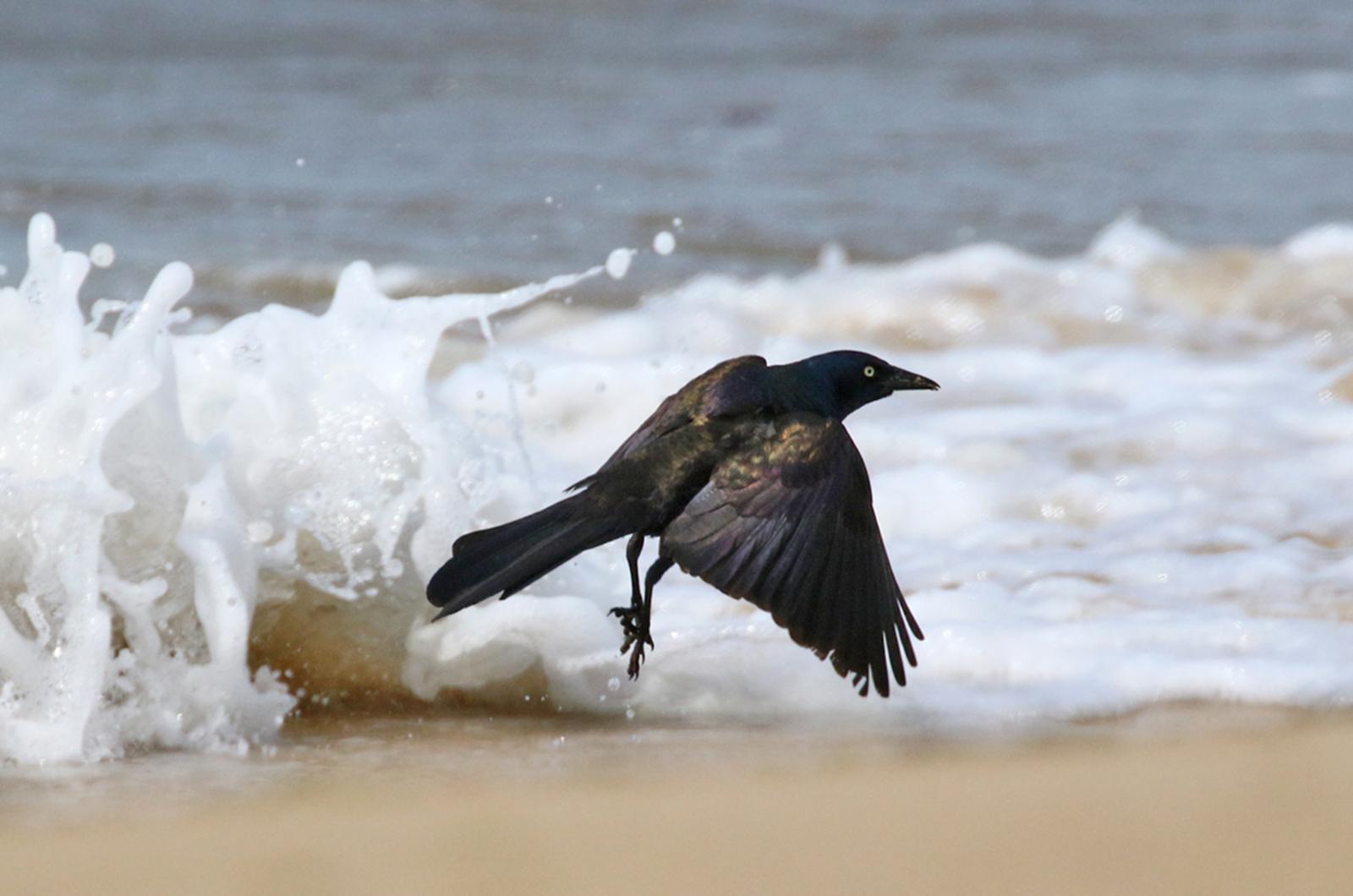
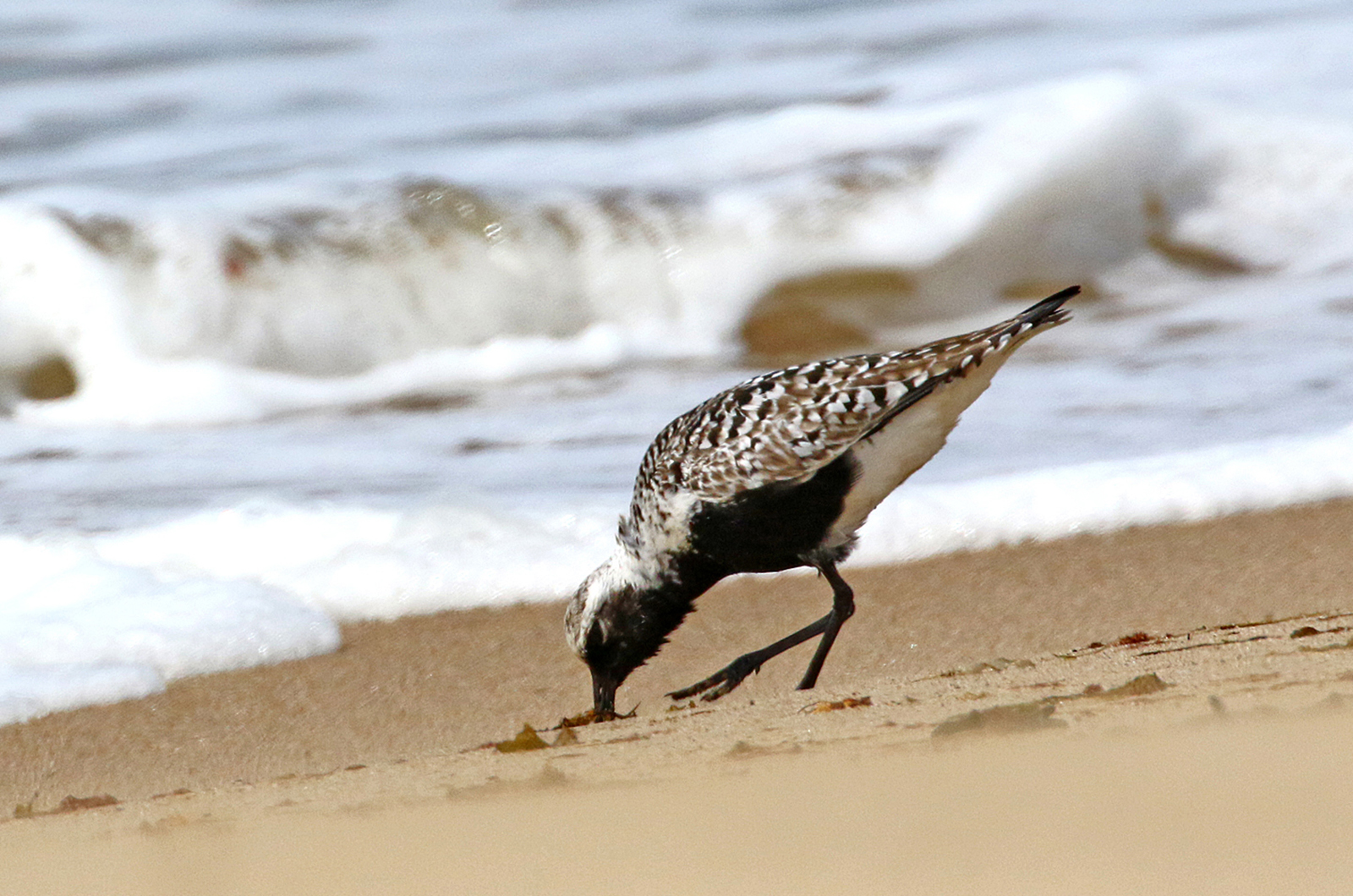

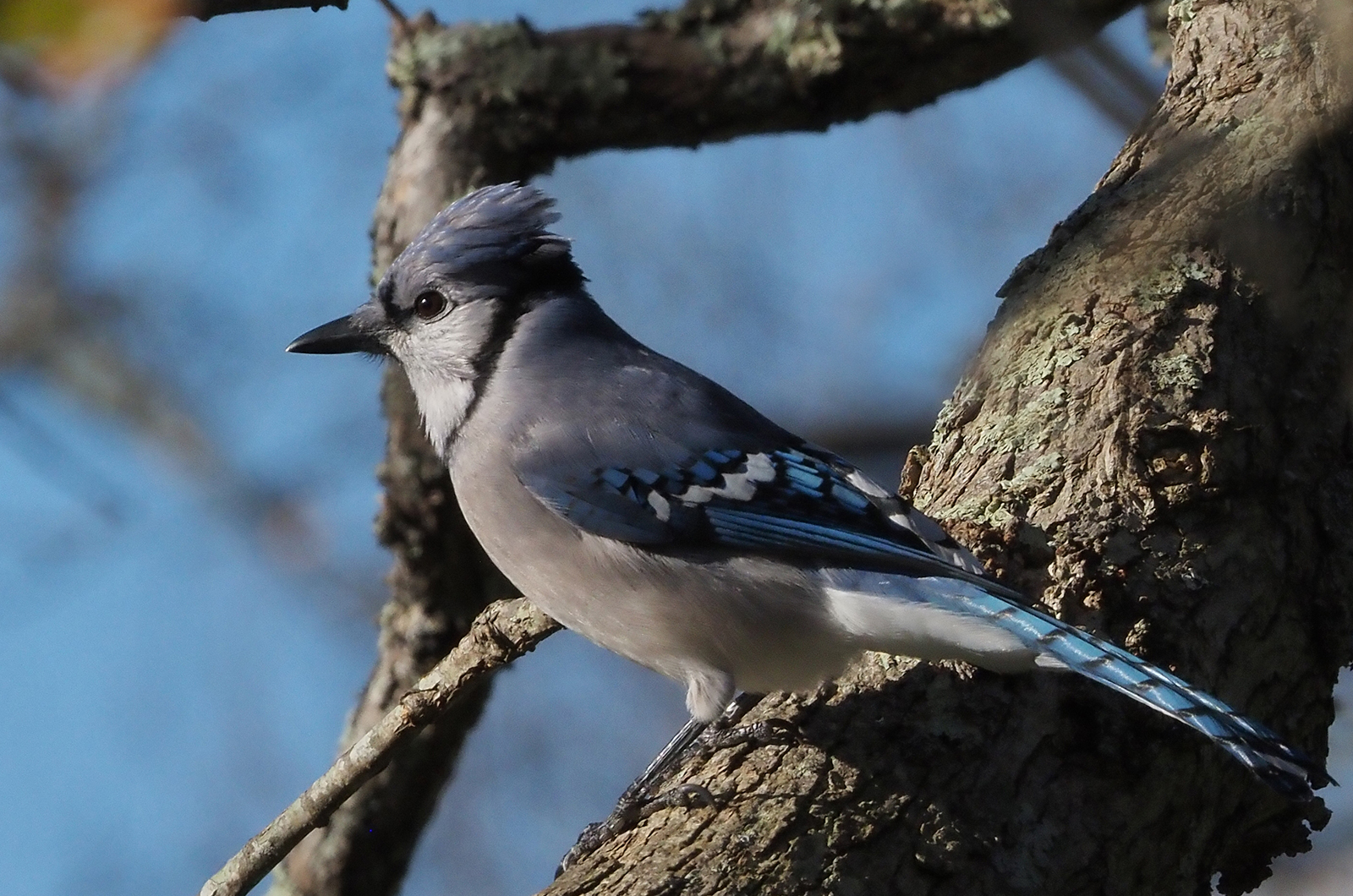
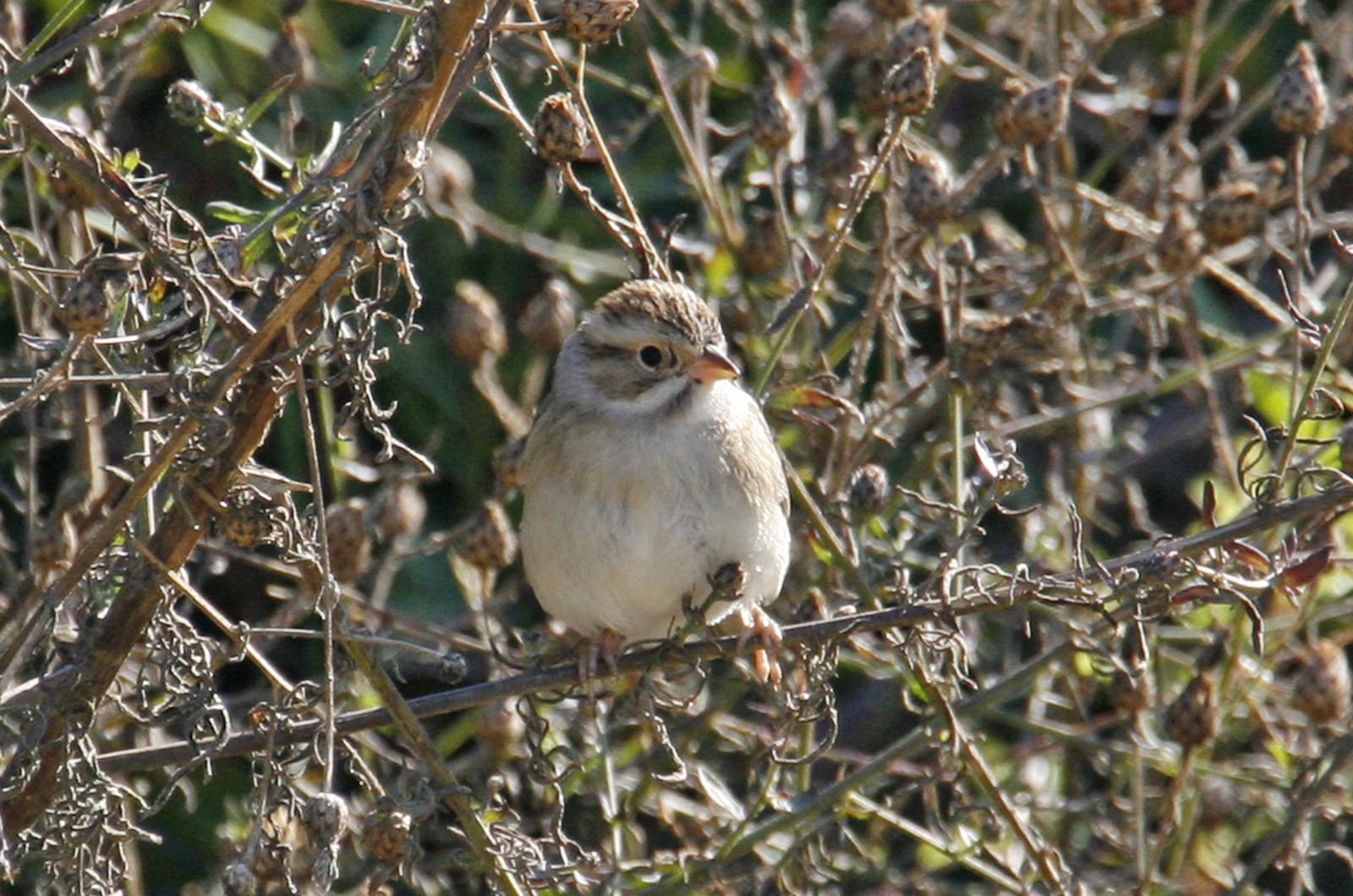
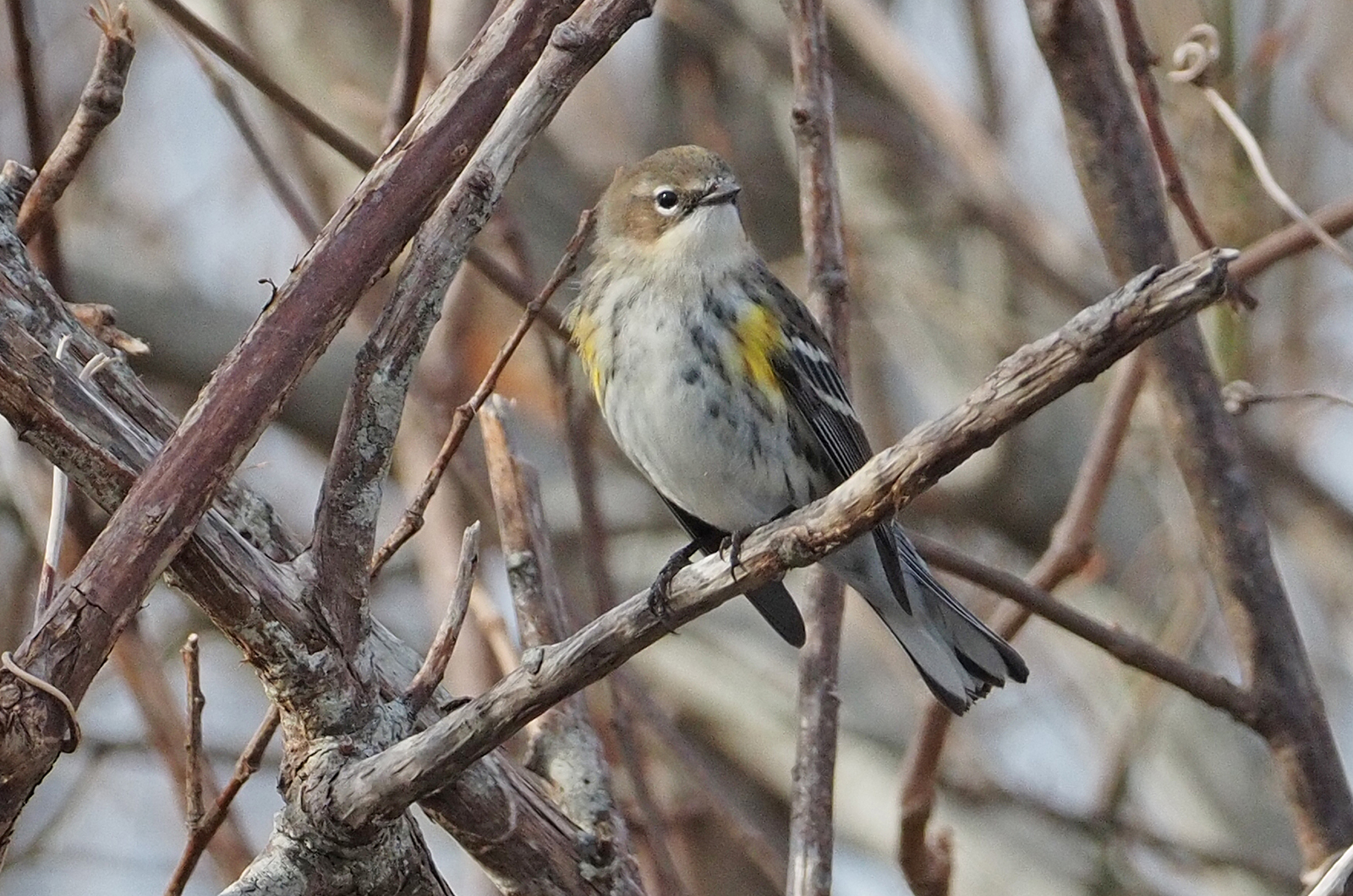





Comments
Comment policy »